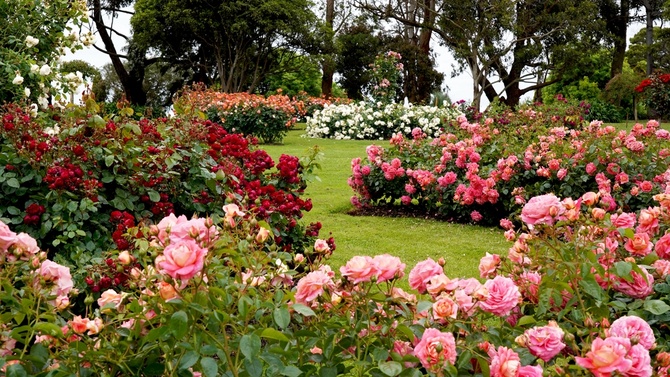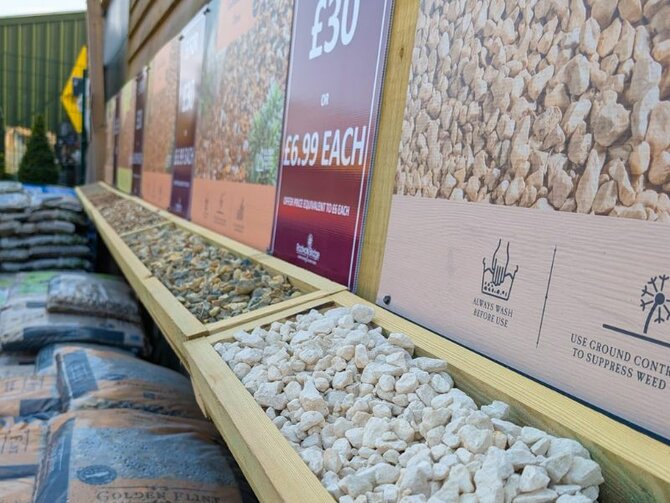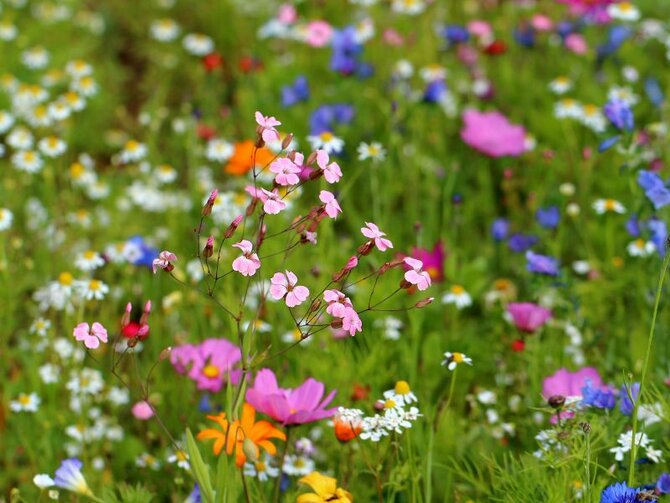
Rhododendrons are a wonderful sight in late spring with their large showy flowers and handsome evergreen foliage. Despite being natural attention seekers, they are pretty undemanding and can flourish in a range of positions. They are mostly hardy and originate from areas that experience harsh winters such as the Himalayas and the Nort east United States. The plants formerly known as Azaleas are now classified as Rhododendrons, but the name Azalea is still commonly used by horticulturists.
Rhododendrons are primarily woodland plants so have a preference for light shade to shelter their foliage and roots from the summer sun. They like a moist, well—drained soil that is acidic. Some Rhododendrons can grow to become very large, wide-spreading shrubs, that may be out of scale with the modern garden, but breeding work has resulted in some excellent compact hybrids that are excellent for mixed borders or containers.
Yakushimanum hybrid Rhododendrons are some of the best varieties for garden culture. Naturally compact and very freely flowering, these remarkable plants were developed by crossing Rhododendron yakushimanum with compact Rhododendron hybrids. Rhododendron Yakushimanum grows wild on the rainy, cold and windswept Yakusha island off the southern coast of Japan. Yakushimanum hybrids are very hardy and are sufficiently compact to be grown in containers. If growing in containers, a soil-based ericaceous John Innes compost is best. Feed the plants with an ericaceous fertiliser in spring. After flowering, remove the dead flower heads by snapping them off at their base in order to protect the growth buds underneath.
If considered necessary, larger Rhododendrons can be pruned immediately after flowering in spring but this is seldom necessary.




